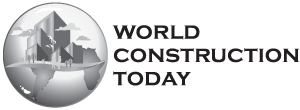Health & Safety
We appreciate that some of you may have limited experience with regards to the legal and practical aspects of health and safety management. This section is designed to give you sufficient guidance. Guidance, However, this can only go so far and you have a legal duty to ensure that your operations do not compromise health and safety. Failing to do so can lead to prosecution and other legal sanctions.
If you need further assistance or information, please do not hesitate to contact [email protected].
Policy Statement – CWIEME Berlin recognises that our exhibitors rely on us to provide a trading environment on the exhibition floor which is safe and without risks to health. We also recognise that running a public event places a special responsibility on CWIEME Berlin and extends our duty of care not only to our staff but to exhibitors, contractors, venue staff and visitors. The organiser is ultimately responsible for health and safety at the Show.
To ensure that all CWIEME Berlin health and safety obligations are met, the organiser supported by the operations team will:
-
Allocate sufficient resources to meet health and safety objectives.
-
Provide adequate control of health and safety risks arising from our work activities.
-
Consult with the venue, exhibitors and contractors on matters affecting health and safety.
-
Provide relevant health and safety information to employees and others.
-
Ensure all employees are competent to do their tasks particularly with regard to health and safety training.
-
Ensure so far as is reasonable that the contractors we engage for the show are competent.
-
To far as is reasonably practicable prevent accidents and cases of work-related ill-health and maintain safe and healthy working conditions.
Health & Safety
All Accidents and Near Misses should be formally logged and recorded with witness statements and accompanying photographs taken. All reports may be used for future investigation, therefore as much detail as practical should be collected. All documents are to be treated with the upmost confidentiality and as such should be stored so, as to maintain data protection.
Balloons are not allowed inside the Messe Berlin premises. However, if you intend to have balloons or something similar on your stand, please ensure that this is included in the Risk Assessment and this is completed and submitted prior to your arrival on site for build up. The requests will be considered on a case by case basis.
Under NO circumstances will children under the age of 16 be allowed into the exhibition halls during build-up, show open or breakdown. The exhibition halls can be hazardous during these times and this ruling is in place to protect children's safety. We regret no exceptions can be made to this ruling.
Drinking of alcohol on site during the build-up and breakdown phase is forbidden. Anyone under the influence of alcohol or forbidden substances will be removed from site. Drugs are not permitted anywhere in the facility.
Electrical fittings must be installed by the designated venue electrical service provider. Any electrical equipment brought onto the Messe Berlin premises must comply with the Electrical Installation Regulations and the Electrical Machinery Regulations.
In Europe, exhibitors and contractors must comply with the venue’s electrical regulations:
-
All work must be carried out by competent and qualified electricians and all temporary installations must be protected by an RCD and inspected before power is supplied to the stand.
-
During the build-up and breakdown power must only be taken from the temporary supplies provided by the official electrical contractor and not from cleaners’ sockets or other hall sockets.
-
There should be sufficient, correctly installed and rated power sockets to preclude the use of extension leads and long trailing flexes. If essential, extension leads must be correctly fused and limited to one per socket.
-
Multi-sockets must not be used.
There are strict rules governing what materials can be used to build stands and these will be covered by the venue’s regulations. Exhibitors and contractors must ensure that they are followed. In general, you are not permitted to build your stand with anything which is flammable or non-flame resistant unless it has been treated. Combustible waste must be safely disposed of and boxes and packaging must not be stored on the stand.
Articles of a combustible nature such as fabric, paper items, banners, items made of wood pallets; hessian, thatch and straw are regarded as major fire hazards and will be required to provide a Fire-Retardant Certificate, before the start of the event. When material draping is used as part of a display, please ensure the draping does not come into contact with electrical wiring, fittings and/or globes and drops no lower than 5cm above the carpeted floor.
The use of halogen lights will not be approved as they pose a fire hazard. Ensure that all light displays low wattage or LED.
Fire escapes are located throughout the venue with signage. Event organisers are to ensure that neither the signage nor the exits are obstructed in any way.
First aid cover is provided by the organisers and details will be available onsite, throughout the event timings detailed above. In an emergency, please contact the nearest security steward or Organisers’ Office.
- First Aid – located centrally in the main foyer at the back of hall 3.2
- First Aid – +49 30 3038-2222
If the accident requires urgent medical assistance, please do not call the emergency services directly. Messe Berlin can get the emergency services to the correct part of site in the quickest route and therefore we ask that you dial the Messe Berlin, security or the organisers office in an emergency.
Details of proposed preparation, cooking and dispensing of food from stands, must be discussed with the venue, Messe Berlin, during the early planning stages of the event. The venues approval is then required in writing for such activities.
All stands where there is food preparation must be close to hand washing facilities with clean water and drainage. Where stands are preparing food, an additional sink must be provided for washing food and ideally a separate sink for washing dishes. For small concessions serving hot drinks and snacks no sink is required but the provision and use of sanitising hand-wipes must be employed.
-
To ensure the safety of all our visitors and exhibitors, please follow the below gangways regulations: • All gangways must remain unobstructed and accessible at all times. Your stand build, furniture, exhibits or display must not project beyond the boundary of your stand.
-
Emergency exits and gangways must remain unobstructed by any obstacles at all times.
-
Freedom of all main and cross gangways is essential at all times for emergency access. Plans showing emergency gangways will be available from the Organisers' Office.
-
Exhibitors should only work within the confines of their stand and gangways should not be used for selling purposes. All discussions concerning exhibits must take place within the stand space allotted.
-
Doors and gates forming part of an escape should be provided with a clear vision panel at sight level, and must be hung to open in the direction of escape, clear of any steps, landings or gangways. Where necessary doors must be recessed so as not to open onto or obstruct the required width of any gangway or other escape route.
-
Bridging or carpeting over gangways is not permitted.
-
All stand structures, signs, exhibits, etc. must be contained within the area allotted and may not project into or over the gangways unless approval has been obtained from the Organisers.
-
No items will be allowed to project into or over the gangway below a height of 2.2m – this includes stand fitting such as window boxes, bay windows, flag poles, etc.
-
Gangways adjacent to any stand or stage used for demonstrations or performances must be maintained clear of obstruction. Additional space for an audience, where applicable, has to be planned into the floor layout, as people are not permitted to congregate in the gangways.
A method statement is a part of a workplace safety plan. It is primarily used in construction to describe a document that gives specific instructions on how to safely perform a work related task, or operate a piece of equipment. In your method statement you should outline all the hazards that are likely to be encountered when undertaking a task or process and provide detailed guidance on how to carry out the task safely.
Within the method statement, we ask to see information on how and when your stand will be built, as well as when this will be dismantled. Please include how you will be dismantling the stand, the equipment used and if your stand will not be broken down to reuse again – how you will be disposing of your stand.
You can download a template for your method statement from the website. Scroll to the bottom of the page to access useful forms, templates and additional order forms.
The use of open fire or naked lights in the halls is prohibited. Naked (open) flames, candles and barbeques are not permitted. The use of open fire or naked lights on the open-air site is only allowed after the application and permission by Messe Berlin’s Technical Management.
The burning of packing material, waste etc. in the halls or on the open-air site is prohibited.
When exhibition goods that create noise are demonstrated, the noise level at the stand boundary must not exceed 70 dBA.
All exhibitors and contractors must wear appropriate personal protective equipment (PPE) at all times during assembly and dismantling periods. The venue and the organisers will not allow the work to begin without adequate PPE.
The minimum requirements include, but are not limited to, those listed below; however, the requirements vary according to the task:
-
Proper footwear - During the build and breakdown periods, the use of heels, sandals or open shoes is not permitted.
-
High visibility vests - highly recommended during the build and breakdown periods in the outside loading bay areas
-
Persons working in areas close to works at heights must wear suitable hard hats
-
Appropriate height ladders must be used. Please ensure your contractor brings the correct working at height equipment - for more detail on required equipment please see the Working at Height section.
This is not an exhaustive list of items and the duty to assess that the correct type of PPE is applied to a work situation shall be that of the employer. The standard adopted for personal protective equipment is in accordance with Hyve’s guidelines, which apply in full at the venues.
Whilst we take every precaution to protect your property during the event we are not responsible for any loss, consequential loss, or damage to your products whilst at the exhibition. It is a legal requirement that all exhibitors must have full insurance against public liability and all other usual risks in respect of loss, damage, injury to goods and persons, and against theft. Exhibitors are also responsible for insuring against any legal liability incurred in respect of injury or damage to property belonging to third parties. In addition to this you should protect expenditures against abandonment and cancellation or curtailment of the show due to reasons beyond our control.
In order to comply with legal obligations an adequate insurance policy has been arranged on your behalf by Hyve Group plc. If you should already have insurance or intend to make your own insurance arrangements, you can opt-out of the policy that we, Hyve Group plc have organised by uploading a copy of the certificate to InEvexco’s portal. You would have been sent your unique link to upload the certificate. Please contact [email protected] if you need any more assistance.
Please also refer to the Exhibition's Terms and Conditions on the reserve of your stand space booking form/contract.
The Exhibitor is fully responsible for obtaining Public Liability Insurance to value of €2,000,000.
Insurance cover should include:
-
PLI (Public Liability Insurance to the value of €2,000,000)
-
Personal Injury
-
Third Party Claims
-
Expenses incurred and/or losses of any kind, including losses resulting from the abandonment or postponement of the exhibition
-
Medical expenses and baggage cover
-
Value of the stand, including the fittings
Hyve Group has carried out suitable and sufficient assessment of the risks associated with this event, details of which can be obtained from the Organiser’s Office.
General risks associated with any exhibition are as follows:
- Trip hazards
- Multiple contractors working in a single workplace
- Fall from working at heights and working on a live edge
- Objects falling from height or loads falling from vehicles
- Impact injury from moving vehicles
- Structural collapse of seating or an exhibition stand
- Outbreak of legionnaires disease from a water feature
- Food poisoning incident from temporary catering outlet
- Fire
- Major incident and civil emergency
- Excessive working hours.
This is an overview and by no means a comprehensive account of the risks involved at this event.
It is the absolute duty of all parties to ensure that under the EU Framework Directive (89/391/EEC) and other legislation suitable that sufficient risk assessments are conducted on all significant risks. Legislation also requires that risks should be mitigated with a view to achieving maximum reduction in the level of risk within the bounds of what is reasonably practicable. In general terms, emphasis should always be placed on eliminating or reducing risk at source. It must be remembered that personal protective equipment is usually a control of last resort.
A risk assessment is an important step in protecting your workers and your business, as well as complying with the law. It helps you focus on the risks that really matter in your workplace – the ones with the potential to cause harm.
You are required to protect people as far as is reasonably practicable. It is simply a careful examination of what, in your work, could cause harm to people, so that you can weigh-up whether you have taken enough precautions or should do more to prevent harm. Workers and others have a right to be protected from harm caused by a failure to take reasonable control measures.
It has been noted that some contractors send a different team into the halls for breakdown to those that constructed the stand. On a few occasions these breakdown teams come armed with very few tools and little knowledge as to how the stand was initially built. They can be guilty of using unsafe methods of deconstructing the stand, using demolition tools rather than other safe methods. Pushing walls over and pulling down stand elements from height in an uncontrolled manner is absolutely prohibited. #
Please make sure that you are planning your breakdown with as much care as you are planning your build-up, and that you are providing enough staff and the correct equipment to deconstruct the stand safely. Breakdown is the most dangerous period in the event cycle and we urge you to plan accordingly.
You can download a template for your risk assessment from the website. Scroll to the bottom of the page to access useful forms, templates and additional order forms.
If you are displaying any vehicle on your stand, you must advise the Organisers at least 28 days prior to the event.
Vehicles displayed on stands must:
-
Be located on the stand area, being set back at least 1 meter from the stand perimeter.
-
Be static and have their engine switched off during the open hours of the event.
-
Contain only a minimum amount of fuel.
-
Have a lockable fuel cap.
-
Have a drip tray placed under the engine.
-
Be included in the stand's Risk Assessment.
-
Subject to a risk assessment, battery disconnection may be required for vehicles over ten years old.
You will be asked to leave a spare set of keys with the Organisers in case of an emergency.
Vehicles with internal-combustion engines may only be exhibited in the halls and other enclosed event areas after obtaining permission from the Organisers. The contents of the vehicle’s tanks shall be reduced to the minimum level required to drive the vehicle into and out of the area and, wherever possible, the tank caps shall be locked.
Depending on the location of the exhibit, other safety measures may be required, such as rendering fuel tanks ineffective, disconnecting batteries and/or the posting of security guards.
In the case of electrically propelled vehicles, the propulsion batteries shall be disconnected from the drive using the safety cut-off switch (main switch).
Agreement on delivery and removal times/dates must be discussed with and approved by the Organisers. Please contact the organisers here.
Working at height is to be in accordance with the EU Working at Heights Directive (2001/45). As such, all working at heights is subject to a risk assessment.
-
All rigging from the roof is to be carried out by the official rigging contractors. • All working platforms are to have a guard rail, mid rail and toe board. Tools are to be kept on lanyards so far as is reasonably practicable.
-
Static and mobile access working platforms must be fit for purpose (see working platforms).
-
Separate risk assessments are required for working on a live edge (before rails are in place). In such cases fall arrest equipment must always be used.
-
Operatives working at height other than on a static working platform designed for that purpose (e.g. scaffold) must be clipped on.
-
Operatives working at height must have suitable head protection ground access to areas in the vicinity must be controlled to prevent persons accidentally walking directly under high works.
-
Ground workers in the vicinity must not work directly under high works and wear suitable head protection e.g. hard hats.
If you are providing seating for presentation areas on your stand then there are technical regulations that apply. The following is a summary of the main points to be considered for temporary flat floor seating.
-
The width of gangways required between blocks of seats depends on the total number of seats and their layout.
-
Adequate space for staging (including lectern, top table, AV equipment, sound systems, projection, mixer desks etc.) should be accommodated for. • Seats must be at least 0.50m wide.
-
A minimum gap of at least 0.4m must be provided between rows of seats.
-
Behind and between blocks, there must be aisles with a minimum width of 1.20m
Please inform the Organisers if you intend to have a seated presentation area on your stand or a working exhibit.
You can download a Working Exhibit form from the website. Please submit to [email protected]. Scroll to the bottom of the page to access useful forms, templates and additional order forms.
-
All Mobile Elevated Work Platforms (MEWPS) must be properly maintained.
-
All working platforms are to have a guard rail, mid rail and toe board. Mobile access towers must be correctly constructed.
-
Mobile access towers must be fit for purpose. Outriggers are to be used correctly with the correct height to width ratio (3.5 x shortest base width indoors and 3 x shortest base width outdoors).
-
Mobile access towers may not be moved whilst in use and wheels must be locked off.
-
Ladders must be footed or tied off. The use of domestic ladders and steps is strictly forbidden.
-
Welding, flame-cutting, soldering, abrasive grinding and cutting and other work involving the use of exposed flames or which produce sparks is strictly prohibited on all exhibition and event areas.
-
Hot work during the event is prohibited. (In exceptional cases and subject to written request, approval may be granted for hot work during the setting up and dismantling of exhibition and event installations. For this purpose, Messe Berlin will engage a fire officer equipped with suitable fire extinguishing equipment who will be present to supervise the work from its commencement to its completion, and will charge this service to the exhibitor / customer.)
-
It has been noted that some contractors send a different team into the halls for breakdown to those that constructed the stand. On a few occasions these breakdown teams come armed with very few tools and little knowledge as to how the stand was initially built. They can be guilty of using unsafe methods of deconstructing the stand, using demolition tools rather than other safe methods. Pushing walls over and pulling down stand elements from height in an uncontrolled manner is absolutely prohibited.
-
Please make sure that you are planning your breakdown with as much care as you are planning your build-up, and that you are providing enough staff and the correct equipment to deconstruct the stand safely. Breakdown is the most dangerous period in the event cycle and we urge you to plan accordingly.
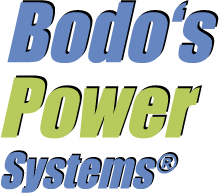


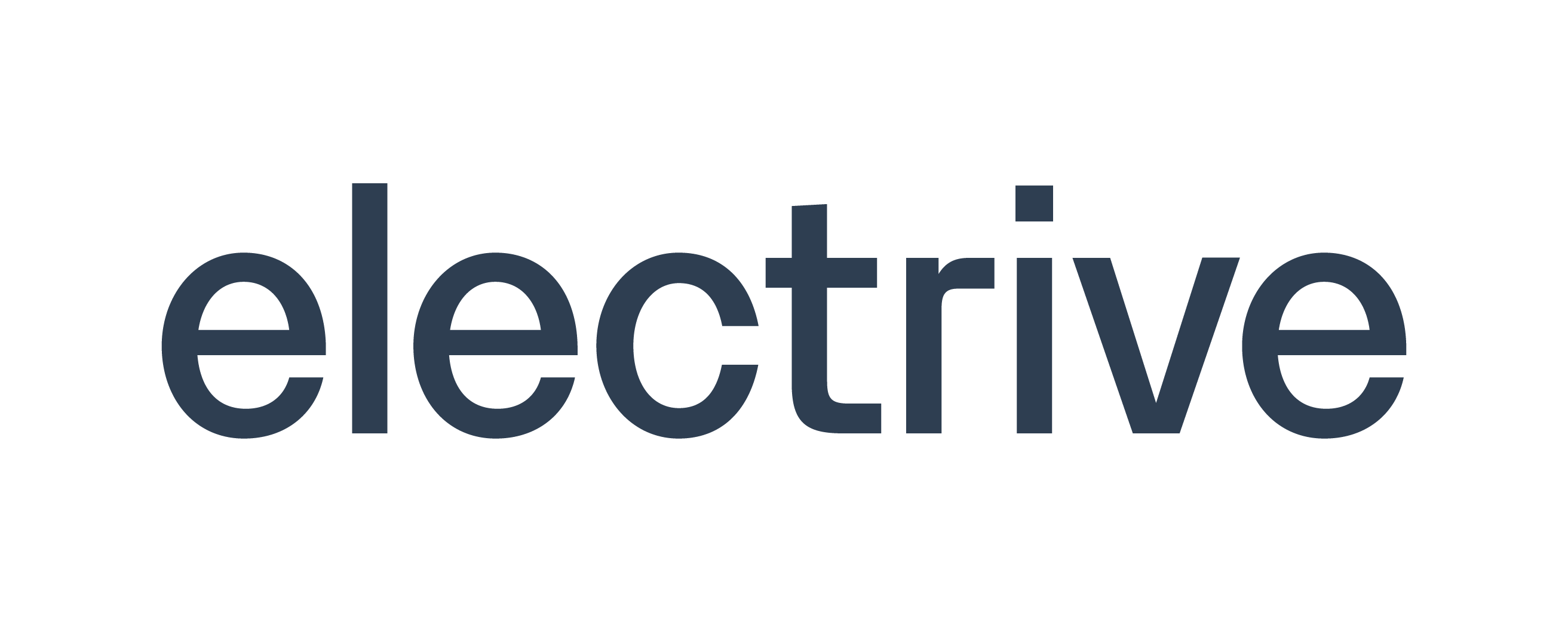

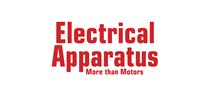






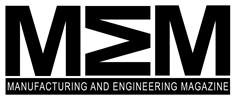
-min.png?ext=.png)






